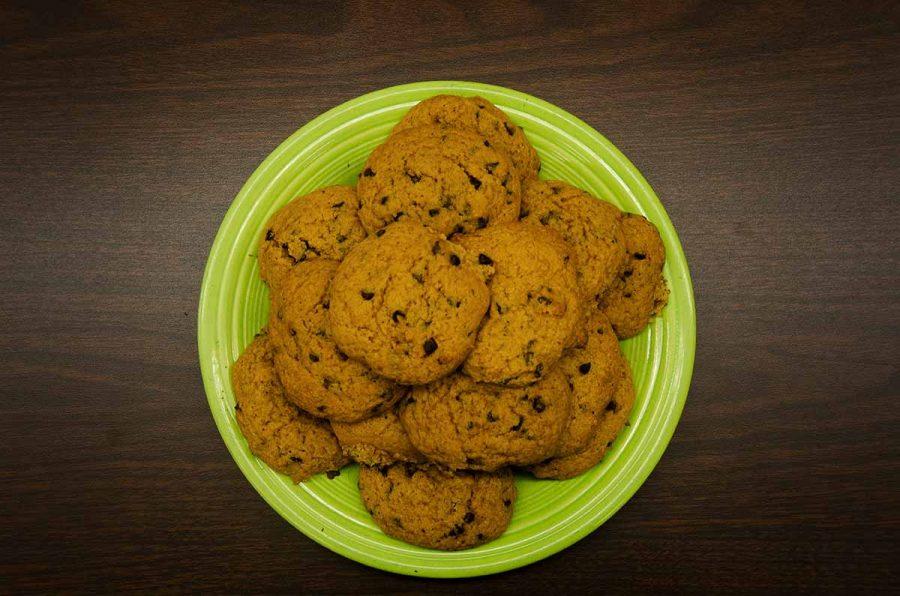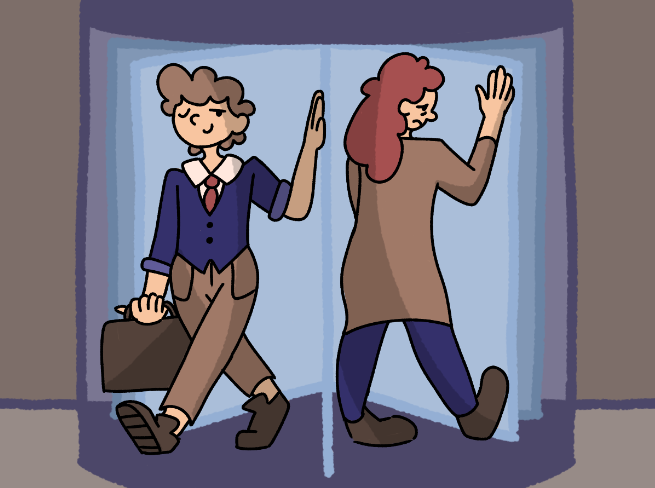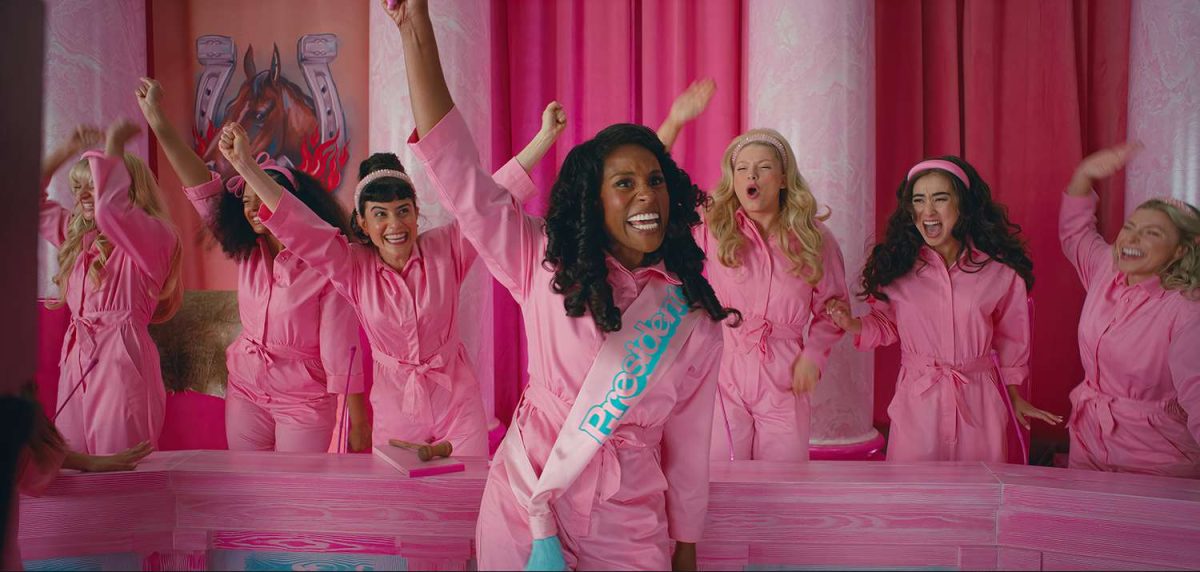Postcards are liars. The little pictures of sun-lit beaches on manila cardstock are beautiful, but they rarely give an accurate image of a time or place.
More likely, the place is either far more beautiful or far more heart-breaking than a photograph could ever portray.
This past summer I visited a rural area in Jamaica called Harmans with the mission group Won-by-One. They set our work out before us; we were to build houses and visit families, reading the Bible and discussing our lives.
The group leaders warned us the trip wasn’t going to be easy. A week without a cell phone and away from home was only the half of it. We could only take two-minute showers in collected rainwater, slept with no air-conditioning and dealt with giant bugs in bathroom corners.
I convinced myself this was no big deal. I was prepared. I’d brought my journal, a pack of Jolly Ranchers, some NutriGrain bars and plenty of T-shirts. The stunning, photoshopped sunset images that decorate gas station postcard racks didn’t prepare me for tiny, one-story shacks with no electricity, dirt floors and spiders in the beds. I wasn’t prepared for Jamaica.
The first few days went by in a shock. We touched down in Montego Bay and loaded into a bus, watching as the sunbaked pavement jumped to seemingly endless green. After a few days, I learned to stop flinching whenever someone honked at us — honking was the Jamaican way of greeting. I slowly got used to the heat and sweat and learned to laugh at the little boys who would jump out of nowhere, onto my back, cheering for a piggy-back ride.
Then, one morning when I was feeling particularly cheerful, I headed to the Infirmary.
The Infirmary was a combination of a nursery home, mental facility and place for the physically handicapped. I was excited for it because I knew I could help make a difference. I wouldn’t just haul buckets of gravel up a hill, I would interact with actual people, actual Jamaicans who would have stories to tell and dreams to share. Being a writer and an emotional person anyway, I was optimistic. I expected flies, dim lighting and old mattresses, but figured it couldn’t be much worse than that.
I didn’t expect to step off a bus and see a disfigured man, lying on the pavement, drooling into his hands.
My initial reaction was just to stare. I forgot any and all manners when confronted with this small man. He looked up at me with his big brown eyes, his lips curved into a hopeful smile. I didn’t even have time to think, as my friends pulled me along to the women’s ward.
The facility was completely open. Every window was glassless. The walls were white and peeling, with cracks running up and down their sides. The women, who limped through the walkway and absently stared at the horizon, had rows of ratty mattresses as their homes. I helped my mom feed an elderly woman from a lukewarm cup of watery soup. The whole time I had no idea what to say.
And then I met Myrtle Smith. She was sitting out on a rusted blue bed-frame, eating chicken and rice from a bright pink bowl. She was dark and thin with short, wispy white hair and a large nose. I sat down beside her, saying “Hello,” and like a typical, uncomfortable American, commented on the lovely weather.
I waited while Myrtle finished eating. She set the bowl down decidedly, shoved it to the side and proceeded to talk to me for the next two hours. The entire time, I probably spoke five sentences. I asked her once about the fruit of Jamaica, and she spent 30 minutes taking me around the lawn of the facility.
She cut off leaves and seeds from bushes and trees, putting them in the palm of her hand. The tall, thin leaves were called “Callelu,” while the other plants were “Goongu” and needed to be cultivated. That was Myrtle’s favorite word: cultivate. “You must cultivate it, darling. Take it home and cultivate it.”
As she chatted on, I realized Myrtle was missing both her right arm and left index finger. She hid the stump behind her oversized shirt. But thing about Myrtle was she was always too busy showing me something else for me to notice these things.
She used the stump of her arm as a pretend mango, miming peeling and chopping. She told the story of her missing appendages, of her jealous family members who had cut them off when she talked to the landlord.
She recalled the pain of the endeavor, going to the hospital, frightened. She told me about a storm destroying her home, about her pastor and church, about how much she loved the Lord and how he had blessed her.
She was 103 years old but chattered like she was 17.
By four o’clock that afternoon, I considered myself an expert on The Life and Times of Myrtle. When we finally had to board the bus, leaving was more than difficult. Myrtle thanked us again and again, watching sadly as we left.
All of us spent the drive back in silence. I felt overwhelmed and shaken, yet oddly content in the midst of it all. I had found this woman, the polar opposite of my lifestyle and appearance, and she only wanted the same things that I did — to be loved, accepted and heard.
Before the trip, I pictured Jamaica as a gorgeous beach: white sand, pretty sunset, piña coladas and tie-dye towels. Now I think of open air, a blue bed-frame and brown hands clasped around my white ones.
Teenagers in general can be incredibly judgmental. Sometimes I think it’s because we believe we’re in a competition — one to find out “Who Gets the Most Out of Life?” And any methods different than our own worry us.
What we don’t realize is that sometimes the methods can be different and still get the same end. There’s the boy with the sports jacket wrapped around his shoulders or the girl with her arms filled with comic books. I sing with my friends and Myrtle peels her mangoes, but all of us are looking for the same happiness. That should rule out every other difference between us.
I returned from Jamaica, got back into the swing of my usual life — warm showers, hot breakfast, chocolate and ice — and readjusted to the American way. But I think about those Jamaican faces constantly. I wonder if Myrtle’s still alive and hope she’s still strong enough to show a clueless American, who’s seen too many cliché postcards, how to cultivate Callelu.
By Lauren Puckett
Categories:
Mission trip shows diversity at its core
October 18, 2011
0
Tags:
More to Discover















































































